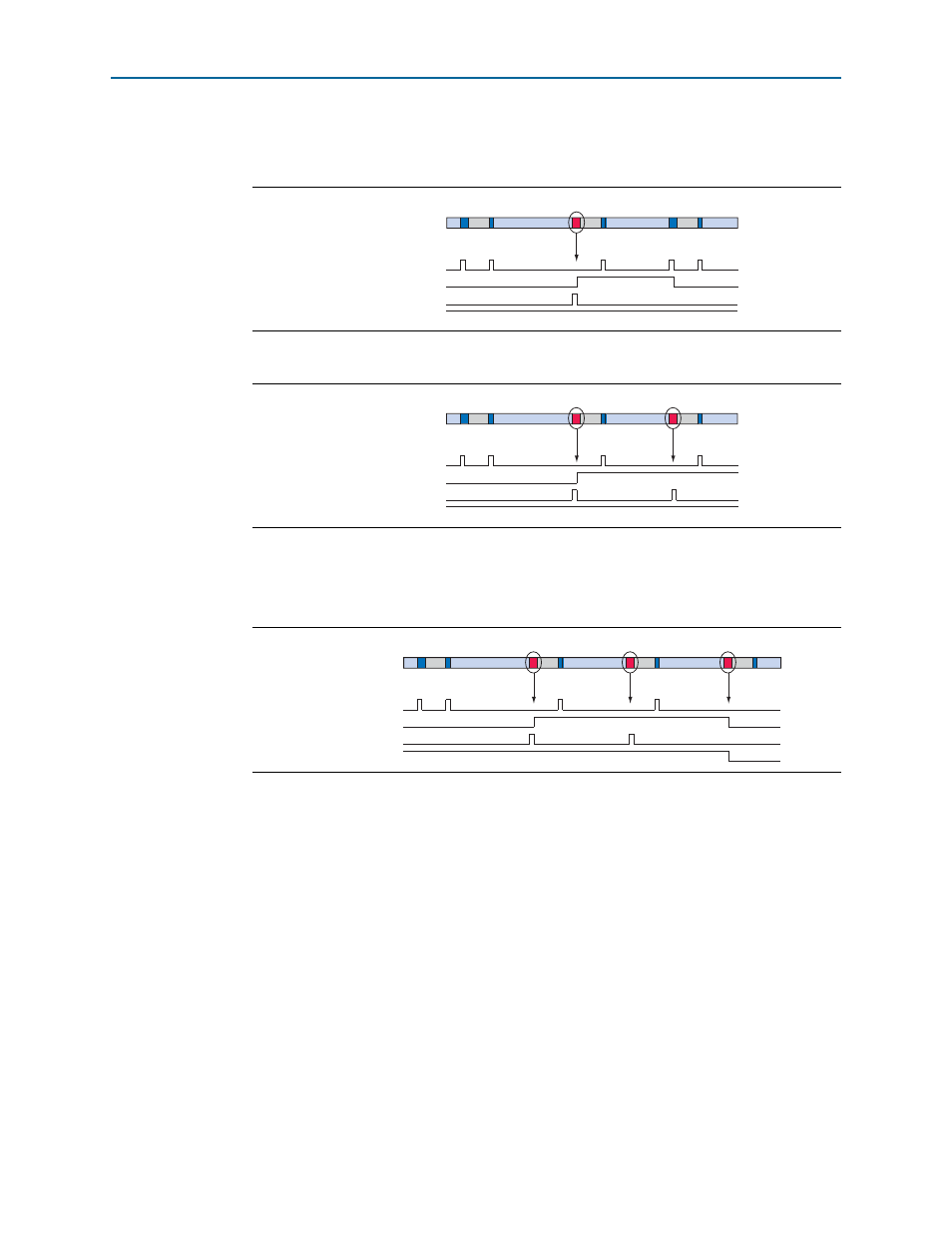Figure 3–15, Figure 3–16, Figure 3–17 – Altera Serial Digital Interface (SDI) MegaCore Function User Manual
Page 56

3–26
Chapter 3: Functional Description
Block Description
Serial Digital Interface (SDI) MegaCore Function
February 2013
Altera Corporation
User Guide
show how one or two consecutive missing EAVs do not
cause the trs_locked signal to deassert.
shows how three consecutive missing EAVs cause the trs_locked signal
to deassert.
The frame_locked signal detects TRS EAV, inspects the transition of field (F) and
vertical (V) synchronizations, and then counts the line number. The inspecting
transitions on the F and V synchronizations provide the frame timing. The line count
value is stored if there is a rising or falling edge on the F and V synchronizations
through the frame. The stored count values are compared over multiple frames to
make sure they are stable, before the frame_locked signal is asserted.
The frame_locked signal deasserts when there are bad F or V synchronizations, or
when there is a rising edge from frame to frame. The frame_locked signal also
deasserts when the trs_locked signal deasserts.
When the frame_locked signal is zero, the frame is invalid, and the receiver is not
considered to receive reliable video data.
Figure 3–15. Single Missing EAV Signal
Figure 3–16. Two Consecutive Missing EAV Signal
Figure 3–17. Three Consecutive Missing EAV Signal
data
trs_strobe
prev_eav_missed
g host_eav
trs_locked
EAV
SAV
Error in EAV
SAV
EAV
SAV
data
trs_strobe
prev_eav_missed
g host_eav
trs_locked
EAV
SAV
1st error in EAV
SAV
2nd error in EAV
SAV
data
trs_strobe
prev_eav_missed
g host_eav
trs_locked
EAV
SAV
1st error in EAV
SAV
2nd error in EAV
SAV
3rd error in EAV
SAV
